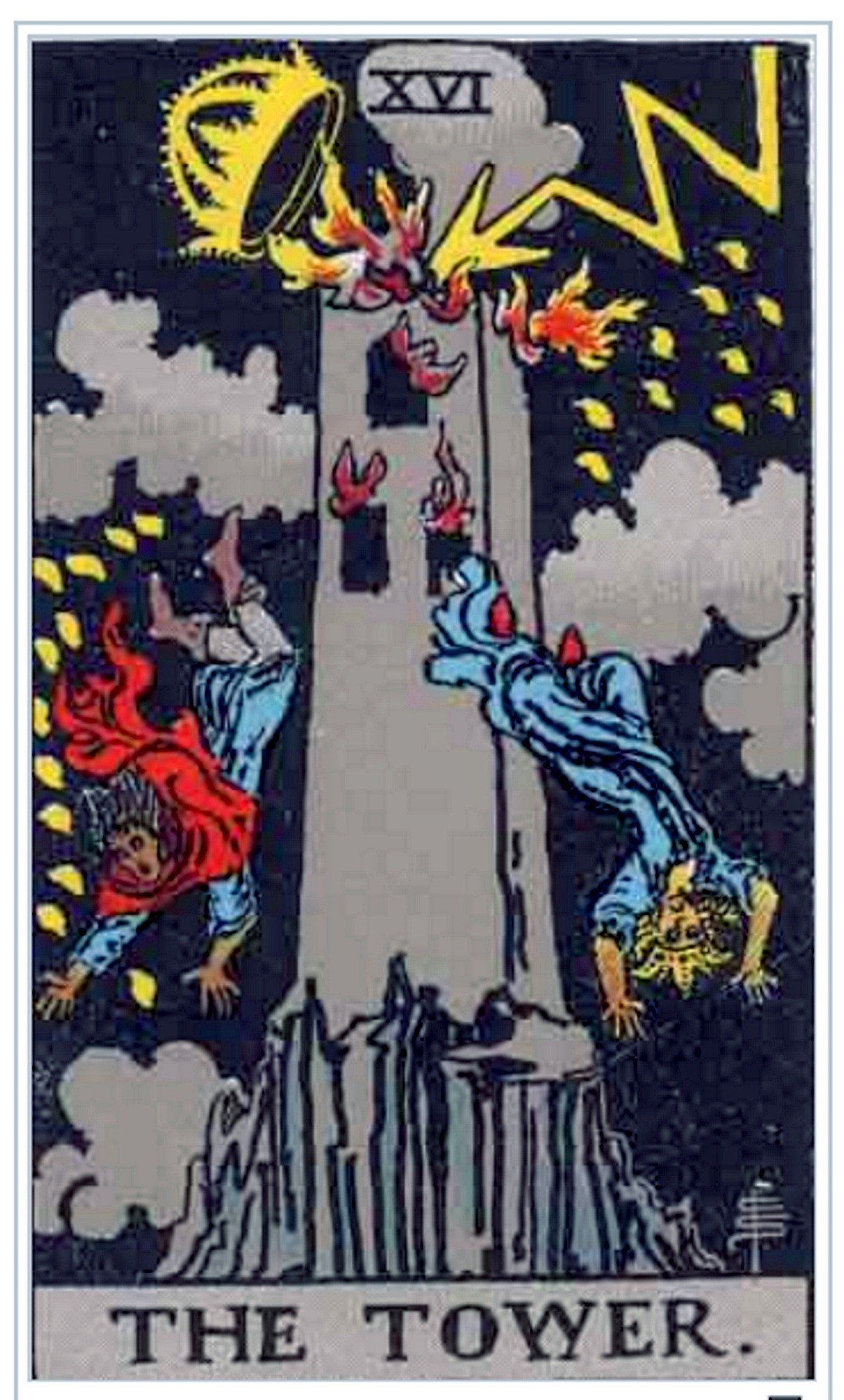What Reading Tarot in the Early Aughts of Brooklyn Taught Me About Humanity
There’s really no need to fear death
“Seriously?” The dude beamed white, straight teeth beneath the kind of ironic hipster mustache cropping up more and more in The Turkey’s Nest, a dive bar near the Bedford stop of the L train in Williamsburg, Brooklyn.
“Yep,” I affirmed. “One drink for each of my friends, only if it’s an accurate reading,” I summed up our agreement as he shuffled the cards I’ve been using since the age of twelve when I purchased them at a funky little new age shop in Santa Fe, New Mexico, where I spent my teenaged years.
Living in a place like that, replete with crystals and astrologers at every turn, meant I spoke fluent sun, star, moon, and rising signs, could discuss the intricacies of the vortexes in Sedona, Arizona, understood the basics of lucid dreaming, and had a penchant for true-to-life ghost stories. Above all else, however, the tarot was my favorite, also what I’m best in. Plus, it’s a great way to get free drinks in bars with friends and a cool party trick.
Just like every other time I’d done this, often late into the night and earliest hours of the morning, the hipster bought me and my three friends not one, but multiple drinks.
“Dude,” he said after hearing his reading and listening in on his girlfriends. “You are spot-fucking-on.”
“Creepy,” the girl chimed. “Really, really freaky.”
The thing about tarot, what I never hide or even try to mystify, is that it’s really just a Rorschach test. All of the cards have a meaning rooted in an archetype. In 1919, Jung defined archetypal images as “forms or images of a collective nature which occur practically all over the earth as constituents of myths and at the same time as autochthonous individual products of unconscious origin.” The ancestors of what we now refer to as “tarot” cards date back way earlier than that, as early as the fourteenth century in Italy. While tarot was used as a sort of parlor game, actually quite similar to what I was doing in pubs in Brooklyn, it wasn’t until the sixteenth or seventeenth century that it began to be used for divination.
Even though Jung had not yet coined the term, “collective unconscious,” the concept of an archetype must have existed. Many of the older styles of tarot still hold images of knights and princes and mystical places like Stonehenge, depicted on the Arthurian deck I use. The thing is, it’s scientifically documented that humans have an extraordinary ability to encode images much faster than words. It stands to reason that these archetypal images, things we and our parents and our parent's parents have taken to mean specific things and generate specific emotional reactions, would serve as a fantastic way to help a person uncover what’s really going on in their lives, what’s fundamental and important and needs considering.
I realize I’m showing you the card up my sleeve, the card up most good tarot readers sleeves, really, but that shouldn’t make it any less mystical. The thing is, time and time again in those Brooklyn bars, I’d get numerous drinks and often found myself sitting in front of someone pouring their heart out, sobbing about things that truly matter, things triggered by the combination of archetypal images in the cards and the fact my primary goal in reading their tarot, ultimately in reading them as a human being, was to listen.
The art of reading tarot, to my mind and in those experiences, was about helping people unlock the things they are trying to hide within themselves. It doesn’t take much, even when the card is ostensibly “bad” like, for example, this card:
Photo by VirgoGem on Pixaby
The Falling Tower represents obliteration, annihilation, utter destruction, and yeah, check out those people jumping out of flaming windows. Looks pretty dire. When someone pulls a card like that or the Death card, sometimes they kinda freak out, understandably, but after a little conversation and reflection, it always turns out that annihilation is exactly what the person is going through and even more importantly, exactly what the person needs.
Ultimately what tarot cards and tarot card readings can teach us about humanity is that we are all deeply susceptible to archetypal images and can use this to scratch the surface using our greatest teachers: ourselves. We know ourselves far more intimately than anyone else and always will, a little archetypal Rorschach can help nudge us towards this self-understanding. Learning to read tarot is deeply meaningful and I highly recommend it for diving into and strengthening both your inherent emotional intelligence and active listening skills.
The real mystical stuff lies in our own unique ability to know ourselves and learn to help others find this, too.

